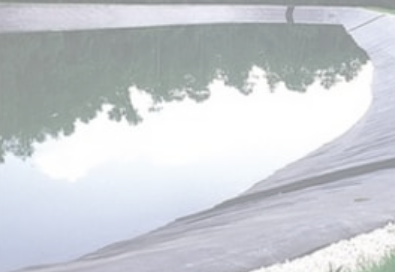The Technique of Sustainable Aquaculture: HDPE Fish Pond Liner
In the realm of fish cultivation and fishing industries, the basis of a prosperous fish farming operation depends on well-managed pond administration. A essential component in this equation is the High-Density Polyethylene fish pond liner, a trustworthy and environmentally friendly solution for creating and maintaining fish ponds. Understanding HDPE Fish Pond Liners HDPE fish pond liners are engineered from High-Density Polyethylene, a artificial thermoplastic material known for its remarkable sturdiness, resilience, and ability to withstand natural elements. These liners are specially created to establish a watertight shield within fish ponds, ensuring water conservation and preventing escape or leak-through.

Key Attributes of HDPE Fish Pond Liners Sturdiness: HDPE fish pond liners are known for their toughness and endurance against extreme natural elements, like UV rays, severe temperatures, and the inevitable deterioration related to fish farming. Flexibility: These liners are highly flexible and can mold to the form and contours of the pond, providing a secure and cozy fit. Chemical Resistance: HDPE liners are resistant to various chemicals, including those used in aquaculture for water treatment and disease control, ensuring the integrity of the liner. Low Maintenance: HDPE fish pond liners demand very little upkeep, enhancing economic efficiency and simplicity of pond management. Applications of HDPE Fish Pond Liners HDPE fish pond liners serve as the foundation for a variety of aquaculture uses. Here are some typical applications: Aquaculture: HDPE liners are essential for establishing and lining fish ponds, providing water retention and preventing soil contamination. Shrimp Farming: These liners are also used in shrimp farming to create and sustain ponds for shrimp cultivation. Breeding Facilities: In fish and shrimp hatcheries, HDPE liners are employed in tanks and raceways for rearing and breeding purposes. Aquaculture Research: HDPE liners are utilized in aquaculture research facilities that require controlled settings for scientific studies. Advantages of Utilizing HDPE Fish Pond Liners Water Conservation: HDPE liners create a reliable barrier to prevent water loss, maintaining steady water levels in fish ponds. This is essential to the vitality and expansion of water species. Longevity: These liners are made for durability, resisting the challenges of fish farming activities along with environmental conditions for a long period. Biological Security: Plastic pond liners support keeping a sanitized and managed habitat in fish ponds, reducing the risk of disease transmission and pollution. Eco-Friendliness: High-Density Polyethylene is an environmentally friendly substance that keeps dangerous chemicals out of the water, rendering it harmless to aquatic organisms and the adjacent habitat. Conclusion Plastic fish pond liners play a pivotal role in thriving fish farming and fisheries by providing a durable, flexible, and eco-friendly solution for managing ponds. For more information about bat hdpe you can check the best web site